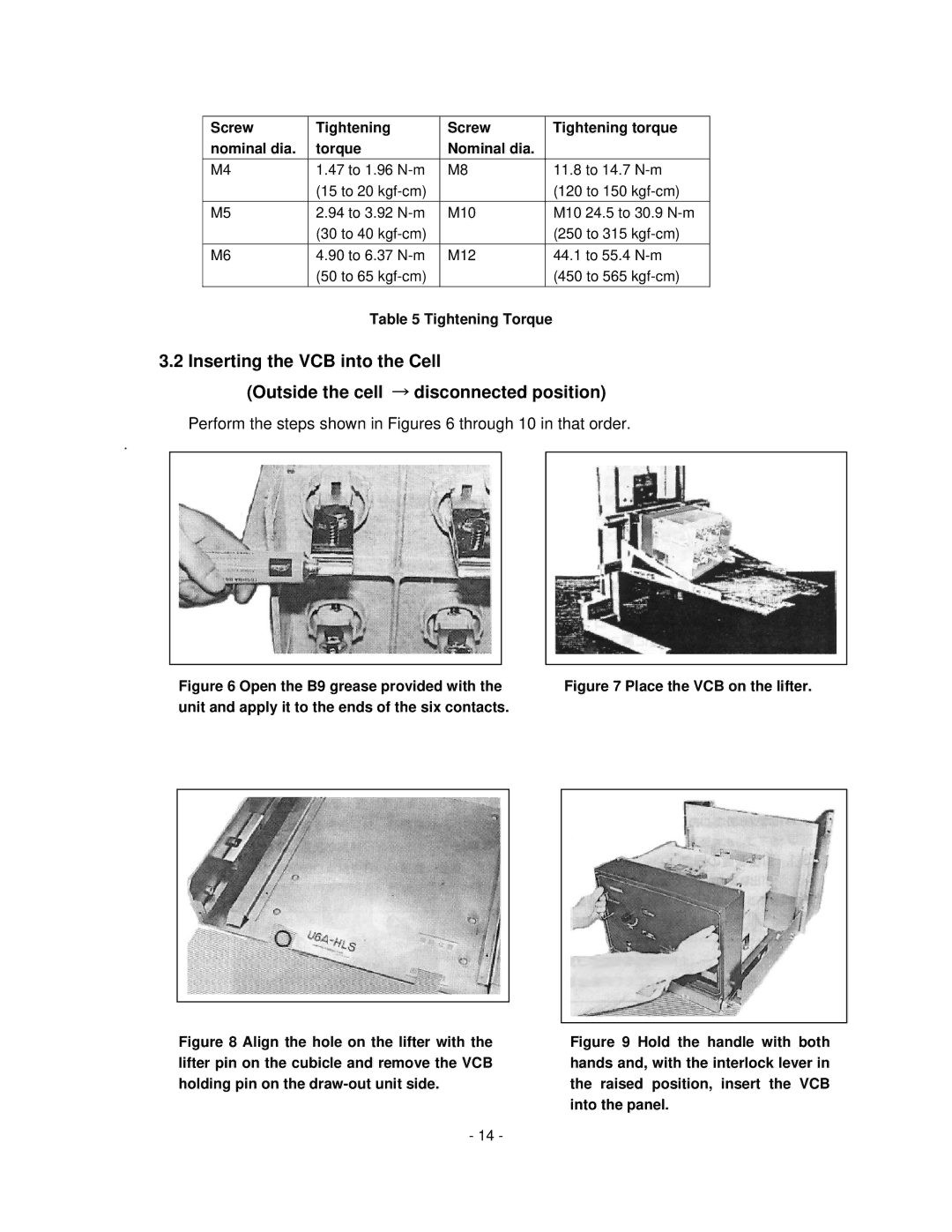H6A-HLS, HV6CS-MLD specifications
The Toshiba HV6CS-MLD and H6A-HLS are advanced models designed to address the needs of modern electronic applications, focusing on efficiency, reliability, and innovative technology. These units are part of Toshiba’s commitment to delivering high-performance solutions.The HV6CS-MLD is notable for its high efficiency and low power consumption. This model is engineered to provide optimal performance while minimizing operational costs, making it an excellent choice for consumers seeking energy-efficient solutions. Its advanced power management features enable it to operate effectively under a wide range of conditions, ensuring stable performance and longevity.
Key characteristics of the HV6CS-MLD include a robust thermal design that enhances heat dissipation, contributing to a longer lifespan and improved reliability. The unit employs Toshiba’s proprietary thermal technologies to maintain optimal operational temperatures, which is crucial for high-performance applications. Additionally, it features advanced fault protection mechanisms that safeguard against overcurrent and overheating, offering peace of mind to users.
On the other hand, the H6A-HLS model is designed with versatility in mind, catering to a broad spectrum of applications. It integrates cutting-edge semiconductor technologies, providing high-speed switching capabilities. This model is renowned for its compact design, allowing for easy integration into various systems without taking up excessive space.
One of the standout features of the H6A-HLS is its superior noise reduction technology, which significantly improves signal quality. This makes it particularly appealing for audio and communication applications where clarity and precision are paramount. Furthermore, the H6A-HLS is built to withstand harsh environments, featuring durable materials and designs that enhance its resilience and performance under extreme conditions.
Both models utilize Toshiba’s industry-leading manufacturing processes, ensuring high quality and reliability. Moreover, these products are backed by Toshiba’s extensive research and development efforts, which continuously push the boundaries of technology.
In summary, the Toshiba HV6CS-MLD and H6A-HLS are exemplary products that exemplify Toshiba's dedication to innovation, efficiency, and durability. Their unique features and advanced technologies make them suitable for a wide range of applications, providing end-users with reliable and high-performance solutions. As industries evolve, Toshiba remains at the forefront, delivering products that meet the challenges of tomorrow.

